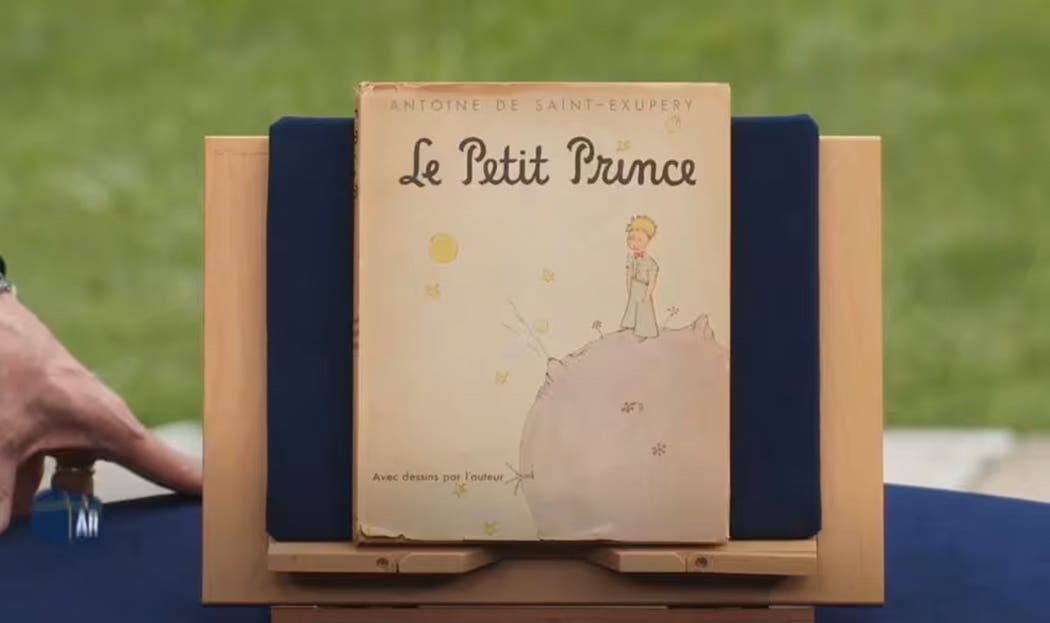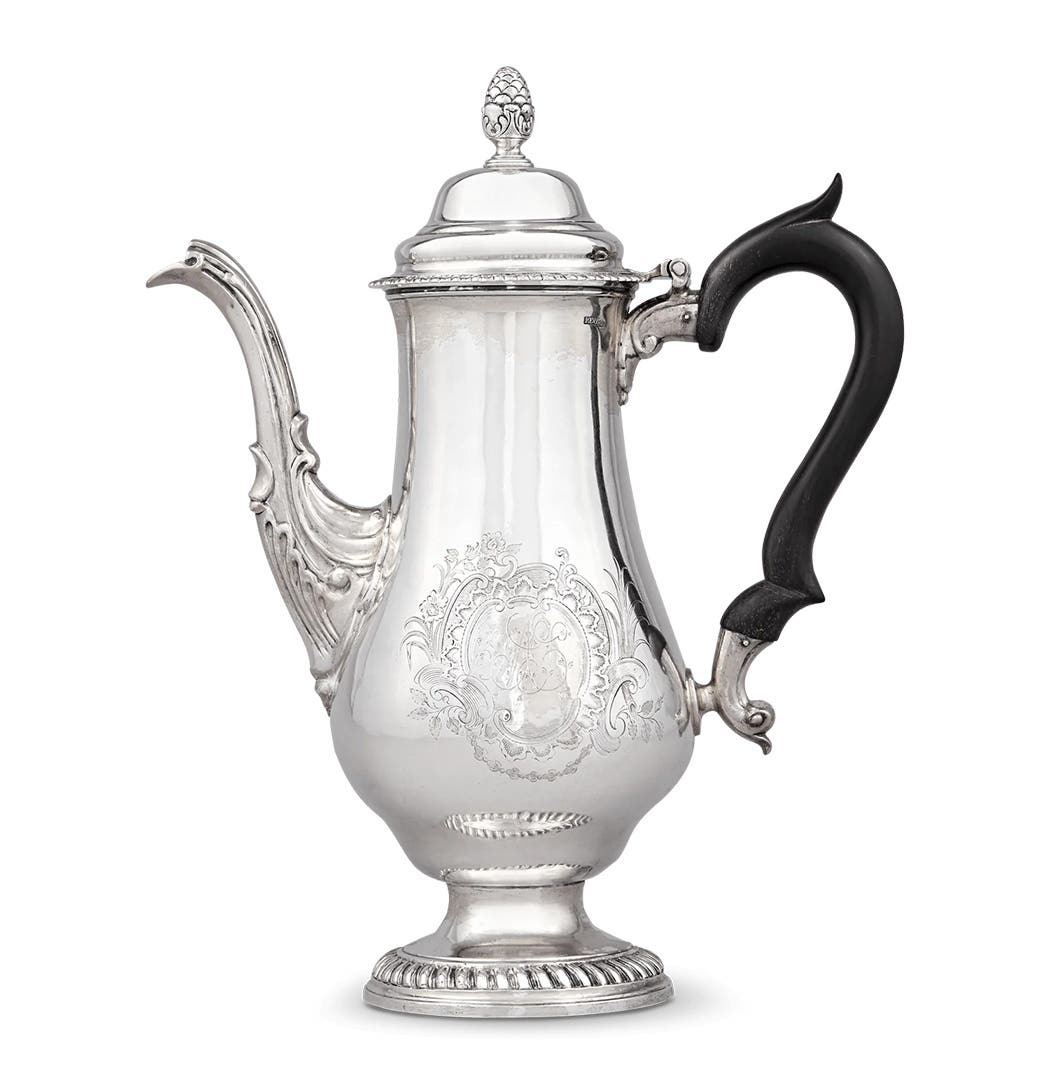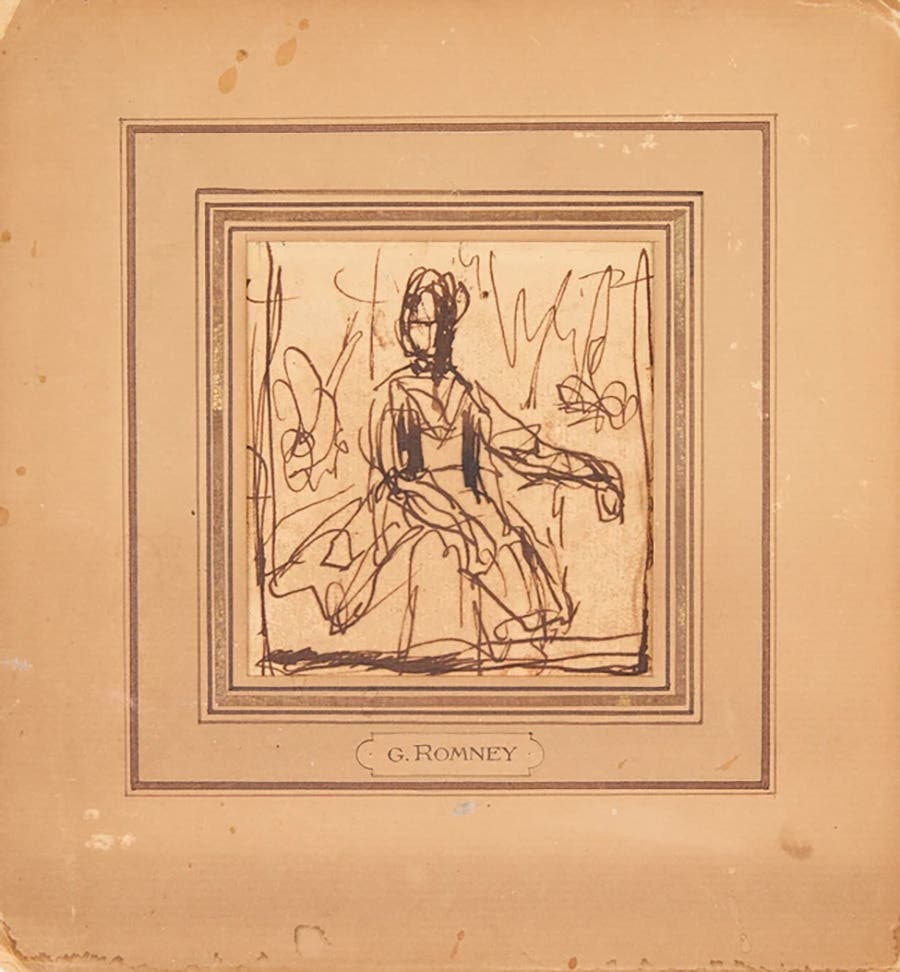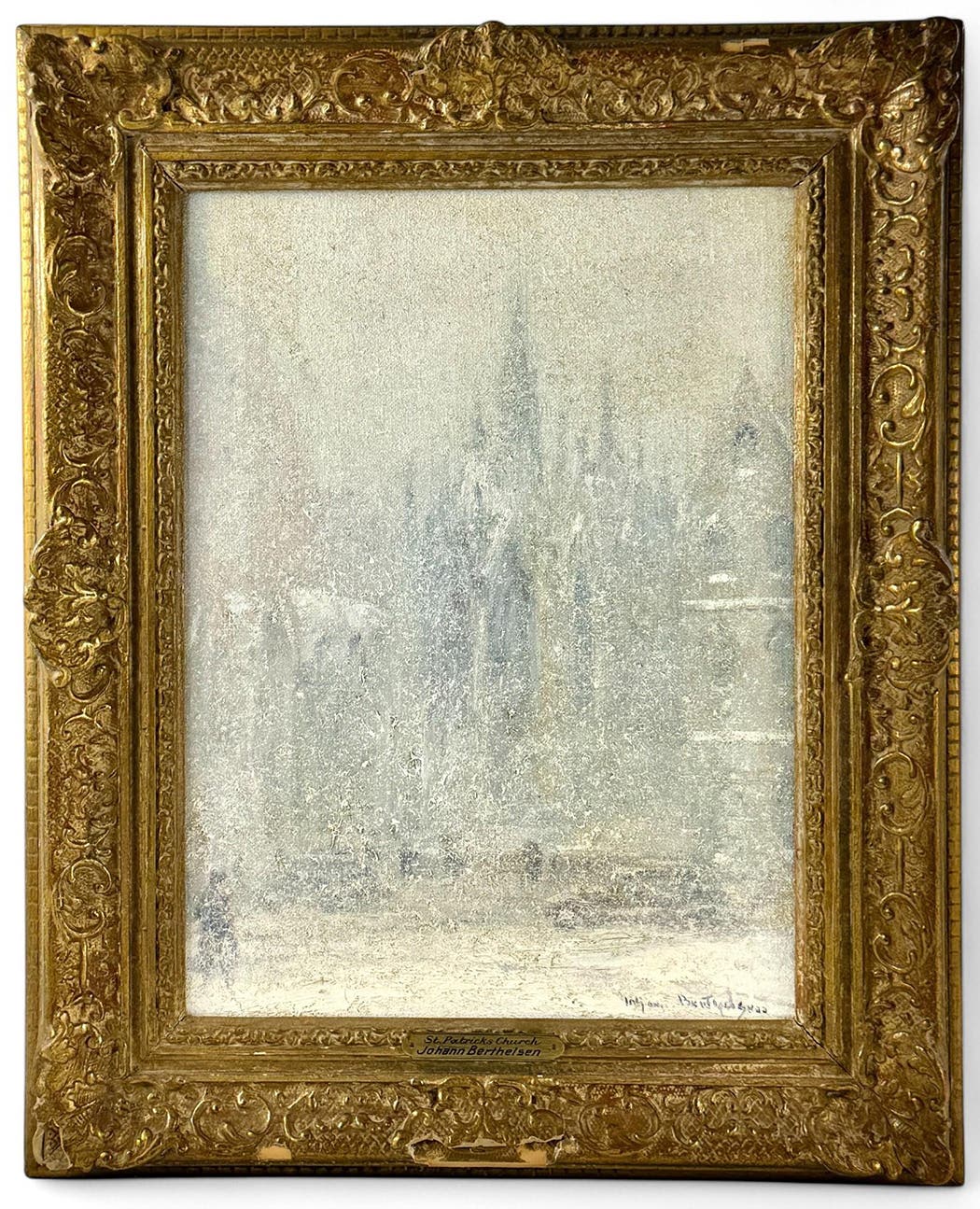Finest luxury items in public exhibit
The special exhibition, Perfume & Seduction, on view at Hillwood Estate, Museum & Gardens from Feb. 16-June 9, 2019, explores the history of perfume bottles and luxury items from the early 18th through early 20th centuries.
WASHINGTON, D.C.—The special exhibition, Perfume & Seduction, on view at Hillwood Estate, Museum & Gardens [https://www.hillwoodmuseum.org/] from February 16 through June 9, 2019, will explore the history of perfume bottles and accessories from the early 18th through early 20th centuries, many of which were used for the lavish bathing and dressing ritual known as la toilette. Some of the finest pieces from Hillwood’s collection will be displayed alongside a selection of 18th-century objects from the private European collection of Givaudan, the Swiss manufacturer of flavors, fragrances, and cosmetics, presented for the first time in the United States.
The ritual of dressing
Originally a ritual of court society introduced by King Louis XIV, the term toilette derives from the French word for cloth—or toile—that covered the dressing table. Over the course of the early 18th century, the toilette evolved from an object (petite toile), to a set of objects (service de toilette), to a room, and finally to a lengthy ritual of rising and dressing that included luxurious pampering, primping, wardrobe assessment, and even meetings with special visitors to discuss current events.
Rather than an intimate, private moment, a woman’s toilette was often a performance before a large audience. The associated vessels and accouterments were designed to equal the lavishness of the ritual.
“Hillwood’s founder, Marjorie Merriweather Post, acquired beautiful objects of vertu, which are remarkable for their exquisite designs and historic associations, and left them in Hillwood’s collection to inspire and educate future generations,” explained Hillwood Executive Director, Kate Markert. “The selection of objects on view in Perfume & Seduction find their perfect complement in the objects from the Givaudan collection of luxury objects, one of the most important and complete in Europe. We are thrilled to be the first to present them in the United States.”
Service de toilette
Accessories of the toilette combined luxury, novelty, and exoticism. Portable traveling toilette services, in which elegant silver, silver-gilt, gold, porcelain, lacquer, and tortoiseshell accouterments and necessities for washing, makeup, and drinking were transported in leather and wood trunks, often lined with velvet compartments tailor made for each object, were also used during the 18th and 19th centuries.
Adopted by wealthy Parisian men and women as a daily ritual during the mid-18th century, the toilette required a number of luxurious objects. A lady might have had a silver toilette service complete with silver mirror; candlesticks; boxes for jewelry, pins and combs (often featuring portraits of lovers or mythological figures); powder and cosmetic pots; brushes; and a box for toothpaste made from roots and herbs. Makeup included rouge, often made from animal fat or poisonous cinnabar vermilion, powder for hair and face, and face patches made of velvet or taffeta to highlight a white complexion, cover scars, and also convey flirtatious messages. The coiffure was often decorated with ribbons or lace, a sign of wealth and status.
In addition to using makeup to look and feel younger and as a form of power, perfume played a vital role in the toilette, rituals of dress, and the art of seduction during the 18th century. Consumers preferred finer floral tones to the musky odors and a new preoccupation with bodily hygiene led to an increased use of perfume and the demand for perfume bottles.
Exhibition overview
Featuring nearly 150 pieces, Perfume & Seduction will trace the form and function of perfume bottles, explore a variety of shapes and materials and the process of making perfume, and examine the evolution of forms during the 19th and 20th centuries.
Beginning with the use of perfume in the 17th and 18th centuries, a highlight of the first section is a porcelain potpourri vase that features whimsical detail, with a porcelain pug dog scratching his ear and seated next to a spray of porcelain flowers. Several pieces from the Givaudan collection illustrate the elements of luxury that characterized perfume bottles in the 18th century. A perfume bottle in the shape of a pear, made of hard-paste porcelain and gold, captures an imaginative scene of seduction with luxurious details.
Next, the scene is set for la toilette. The painting, An Interior with a Lady, Her Maid, and a Gentleman, by French painter Louis Rolland Trinquesse, circa 1745-1800, on loan from the Wadsworth Atheneum Museum of Art [https://thewadsworth.org], illustrates the lavish performance of this daily ritual in 18th-century France. The sumptuous dress comes to life with a woman’s gown and petticoat, made in France with Chinese export textile in the 1770s, on loan from The Colonial Williamsburg Foundation [https://www.history.org/foundation]. A set of boxes from Hillwood’s collection, including a pair of soft-paste porcelain cosmetic jars from Sèvres and a French toothpick holder made of ivory, gold, enamel, and diamonds, both from the late 1700s, were created to embellish the lavish ritual of the toilette.
18th century interest in perfume
With the new interest in perfume in the 18th century came a drive for splendid ways to contain them. Several distinctive bottles from the Givaudan collection exemplify the sumptuous and often precious materials used for the inventive new bottles. A double-gourd shaped bottle, made in England in 1760 is made of agate, gold, and enamel and a pyramid shaped bottle features intricate carvings in amber with gold mounts.
Some of the exhibition’s most captivating pieces are those known as vinaigrettes — small, personal containers for vinegar soaked sponges used to mask body odors in the 18th and 19th centuries. An endearing example from Hillwood’s collection features a spaniel in enamel surrounded by pearls.
The exhibition follows the production of ornate perfume bottles and objects for the toilette into the 19th and 20th centuries. Two intricately designed bottles from the late 19th century take the shape of eggs. They are a Fabergé example from the Art Institute of Chicago and a French example from Hillwood’s collection.
Bottles on loan from a private collection explore the evolution of perfume bottles into the 20th century as perfume became more available for the mass market.
Additional select loans, including 18th-century prints, will help illustrate Parisian life and rituals from the period.
Additional displays
Displays in Marjorie Post’s dressing room, bedroom, and guest suite will extend the theme of the exhibition into Hillwood’s mansion. A personal display will introduce guests to Post’s favorite perfume, Carnet de Bal and the cosmetics line, called Amaranthe. Post’s youngest daughter, Dina Merrill, created it for the public.
In Hillwood’s greenhouse, a presentation of fragrant botanicals will illustrate the olfactory pyramid. It will explore how various plants and blossoms are used to formulate the scent notes of perfumes. These are referred to as the base, heart, and top notes.
Exhibition sponsors
Perfume & Seduction is support by Ellen MacNeille Charles, Linda and Bill Goldman, Gordon and Jocelyn Linke, and Marjorie Merriweather Post Foundation. All exhibitions and programs are funded in part by the U.S. Commission on the Fine Arts through the National Capital Arts and Cultural Affairs program.
Exhibition programs and events
Several programs and events will be presented in conjunction with the exhibition. A special opening event is timed to Valentine’s Day – The Art of Seduction – on Thursday, Feb. 14. It will celebrate the romance and beauty of the exhibition and the special day. A spring lecture series will feature a variety of topics related to the art and history of perfume and fragrance. Dates and lectures to be announced.
About Hillwood
Marjorie Merriweather Post was an art collector, businesswoman, social figure, and philanthropist. When she left her northwest Washington, D.C. estate to the public, she endowed the country with the most comprehensive collection of Russian imperial art outside of Russia. As well as an exquisite 18th-century French decorative art collection, and 25 acres of serene landscaped gardens and natural woodlands. Opened as a public institution in 1977, today Hillwood Estate, Museum & Gardens offers a gracious and immersive experience.
Highlights of the collection include Fabergé eggs, Russian porcelain, Russian orthodox icons, Beauvais tapestries, and Sèvres porcelain. It also includes Post’s personal collection of apparel, accessories, and jewelry. Thirteen acres of formal gardens include a Japanese-style garden, rose garden, French parterre, and a greenhouse full of orchids.
Hillwood Estate, Museum & Gardens is located at 4155 Linnean Avenue, NW, Washington, D.C. Hillwood hours of operation are Tuesday through Sunday, 10 a.m. to 5 p.m. It is closed Mondays, most holidays, and for several weeks in January.
Suggested donations are $18 for adults, $15 seniors, $10 college students, $5 for visitors age 6 to 18. No donation is suggested for children under 6. Adults and seniors receive $3 off the suggested donation for weekday visits and $1 off for weekend visits when reservations are made online at www.HillwoodMuseum.org.
For more information and tickets, call 202-686-5807 or visit www.HillwoodMuseum.org. More updates can also be found on Facebook at Facebook.com/HillwoodMuseum.
AntiqueTrader.com is a participant in the Amazon Services LLC Associates Program, an affiliate advertising program designed to provide a means for sites to earn advertising fees by advertising and linking to Amazon.com and affiliated websites.






